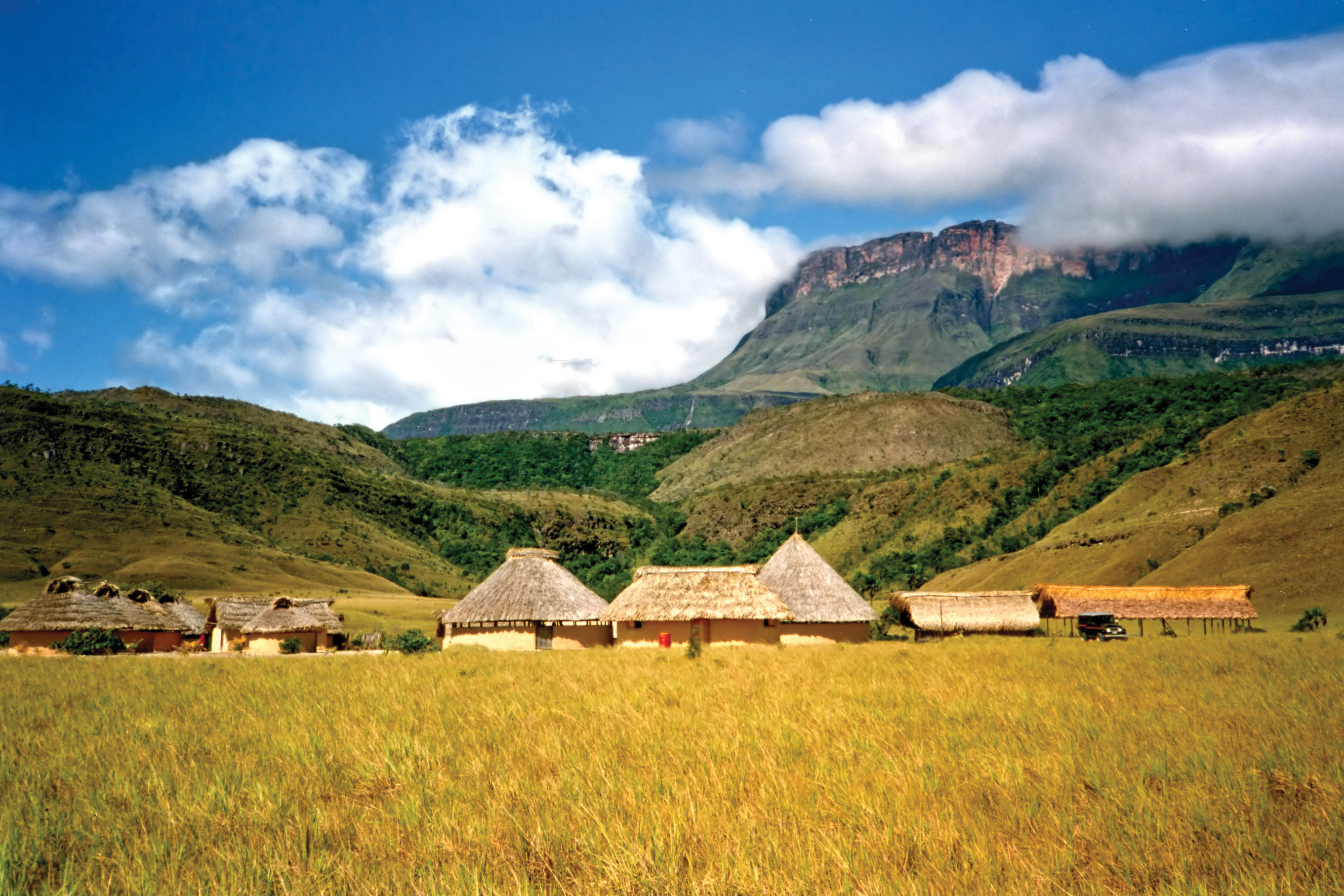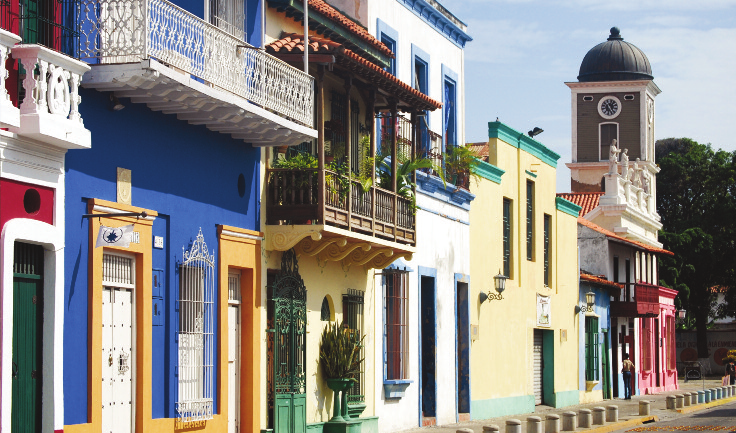Venezuela
Venezuela lies on the northern tip of South America and although it lies entirely in the tropics its varying elevation means areas like the Venezuelan Andes are permanently snow-covered.
Elsewhere the geography includes tropical beaches, the northern region of the Amazon basin and wide plains in the centre.
There are more than 2,000 km of Caribbean coastline and the country’s climate broadly breaks down to the dry season between December and April, and then the wet season for the rest of the year.
The country is only a few hours’ flight from New York and Miami, and international filmmakers can get support from the Venezuelan Film Board in Caracas. The capital itself lies near the Caribbean Sea and offers centuries of historical architecture, as well as a modern metropolis.
Venezuela has studios, laboratories and post-production facilities. An interstate highway system connects the central towns and cities, while river transport is more common in protected parts of the Amazonas and eastern regions.
Climate
Venezuela has several different climatic zones. The lowland areas are tropical, while temperatures fall on higher ground as the mountain ranges begin. The Tierra Fria mountains have a sub-alpine climate and are considerably cooler than the tropical lowlands.
Temperatures in Caracas, in the far north of the country on the Caribbean coastline, range from 24C to 27C throughout the year. Annual rainfall comes mostly during the wet season between May and September and can lead to flooding in parts of the lowlands. The dry season runs from September to April.
Average daily daylight

Average daily sunlight

Directory
- Estudios Backstage Latinoamerica C.A. - Jun 30, 2017
- MANDRÁGORA Films - Jan 29, 2016
- Las Ventajas Rítmicas Delagrasa - Aug 5, 2014
- Casablanca Films - Jul 2, 2014
- Cocofrio Inc - Nov 27, 2013
- Whiskey Films - Mar 15, 2013
- Soda Producciones - Dec 11, 2012
- Primavista Video Digital - Dec 4, 2012
- Los Sopranos Filman - Oct 30, 2012
- Bel Suono - Oct 1, 2012

